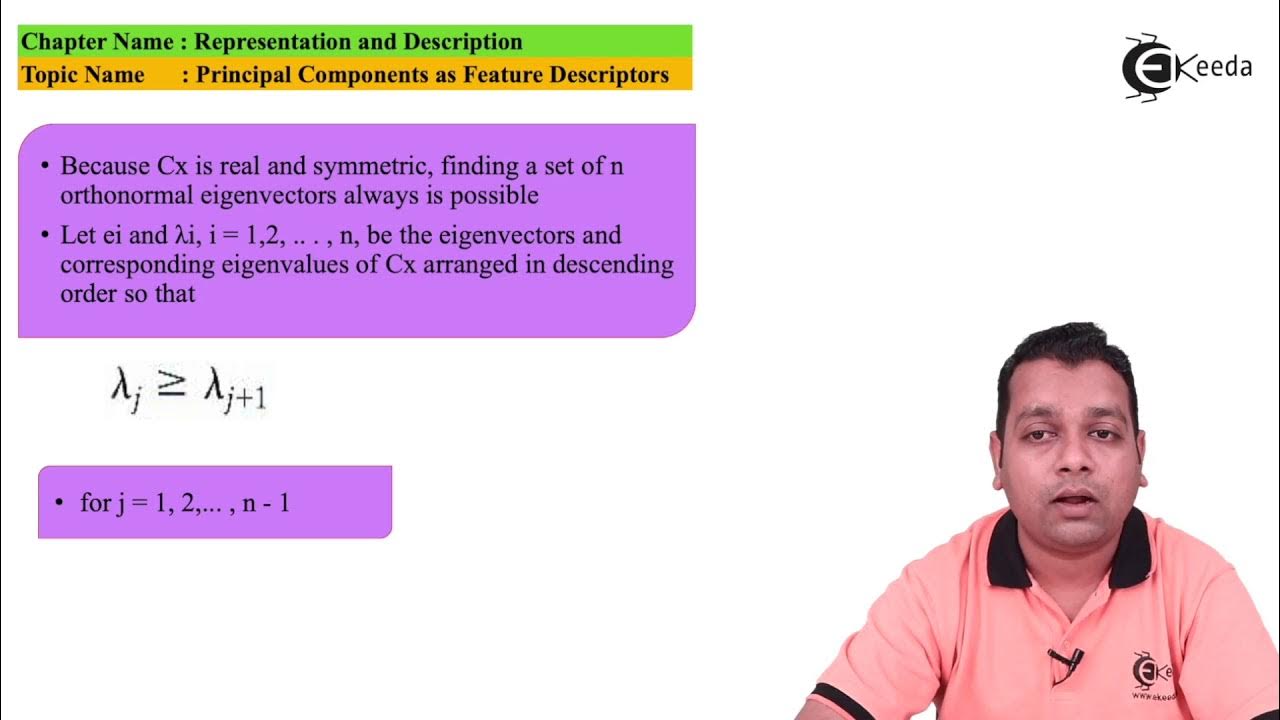PENGANTAR PERKULIAHAN PENGOLAHAN CITRA DIGITAL [Pert. 1]
Summary
TLDRThis lecture introduces the Digital Image Processing course, focusing on the manipulation of images using various techniques. It covers topics such as image acquisition, enhancement, restoration, and segmentation. Students will learn about image formats, operations like noise removal, contrast adjustment, and edge detection, as well as their applications in fields like biology, astronomy, and law enforcement. The course also explores different types of digital images and the process of image analysis and computer vision. The goal is to equip students with the skills to understand and apply digital image processing techniques effectively.
Takeaways
- 😀 The course is about Digital Image Processing (DIP), focusing on transforming images using various techniques such as enhancement, edge detection, and compression.
- 😀 The course is delivered online via bebas.umpo.ac.id, and communication is facilitated through a WhatsApp group for easier coordination.
- 😀 Assessment breakdown: 20% participation, 30% assignments, 20% midterm (UTS), and 30% final exam (UAS).
- 😀 The course is intended for 6th-semester engineering students with 3 SKS credits.
- 😀 Students will learn how to apply digital image processing techniques to improve or manipulate images that may suffer from noise or blurriness.
- 😀 Various types of images used in digital image processing include natural landscapes, synthetic scenes, medical X-rays, and satellite images.
- 😀 Image formats are categorized based on the number of channels: one-channel (black & white/greyscale), three-channel (RGB), and four-channel (RGBA with transparency).
- 😀 Key image processing operations include noise removal, contrast adjustment, edge detection, segmentation, and compression.
- 😀 Digital image processing has applications in biology (e.g., X-rays), astronomy (e.g., celestial images), GIS (e.g., land classification), and law enforcement (e.g., license plate detection).
- 😀 The course will focus on image processing techniques like restoration, noise removal, and segmentation, but will not delve into other fields like computer vision or image analysis.
Q & A
What is the name and code of the course mentioned in the script?
-The course is named 'Digital Image Processing' and the course code is MWP53229.
What is the target audience for this course?
-The course is aimed at students in their 6th semester in the Faculty of Engineering.
What platform will be used for accessing course materials and assignments?
-The platform used for accessing materials, assignments, and exams is bebas.umpo.ac.id.
What is the recommended method for student coordination in this course?
-Students are encouraged to create a WhatsApp group for easier coordination.
How is the course grading distributed?
-The grading is divided as follows: 20% for attendance, 30% for assignments, 20% for the midterm (UTS), and 30% for the final exam (UAS).
What is the main focus of the course content?
-The course focuses on digital image processing, where students will learn techniques for transforming images using specific operations such as enhancement, edge detection, and compression.
What are some examples of images that can be processed in this course?
-Examples include natural landscapes, synthetic generated scenes, posters, screenshots, black-and-white illustrations, barcodes, fingerprints, x-rays, satellite images, and astronomical object images.
What is the difference between one-channel, three-channel, and four-channel images?
-One-channel images include black-and-white or grayscale images. Three-channel images consist of red, green, and blue channels (RGB), and four-channel images include red, green, blue, and opacity (transparency).
What are the main operations in digital image processing discussed in the script?
-Main operations include noise removal, contrast adjustment, edge detection, segmentation, and compression.
In which fields is digital image processing applied, according to the script?
-Digital image processing is applied in fields such as biology (medical imaging), astronomy (capturing celestial objects), GIS (geographical information systems), meteorology (weather forecasting), law (plate number detection), and human-computer interaction (face and gesture recognition).
Outlines

This section is available to paid users only. Please upgrade to access this part.
Upgrade NowMindmap

This section is available to paid users only. Please upgrade to access this part.
Upgrade NowKeywords

This section is available to paid users only. Please upgrade to access this part.
Upgrade NowHighlights

This section is available to paid users only. Please upgrade to access this part.
Upgrade NowTranscripts

This section is available to paid users only. Please upgrade to access this part.
Upgrade NowBrowse More Related Video

DIP#3 Fundamental steps in Digital image processing || EC Academy

Digital Image Processing - Introduction to Digital Image Processing - Image Processing

Principal Components as Feature Descriptors - Representation and Description - Image Processing

Konsep Dasar Citra Digital - Perkuliahan Pengolahan Citra Digital #01

OpenCV on Google Colab - Working with Gray Image

26 - Denoising and edge detection using opencv in Python
5.0 / 5 (0 votes)